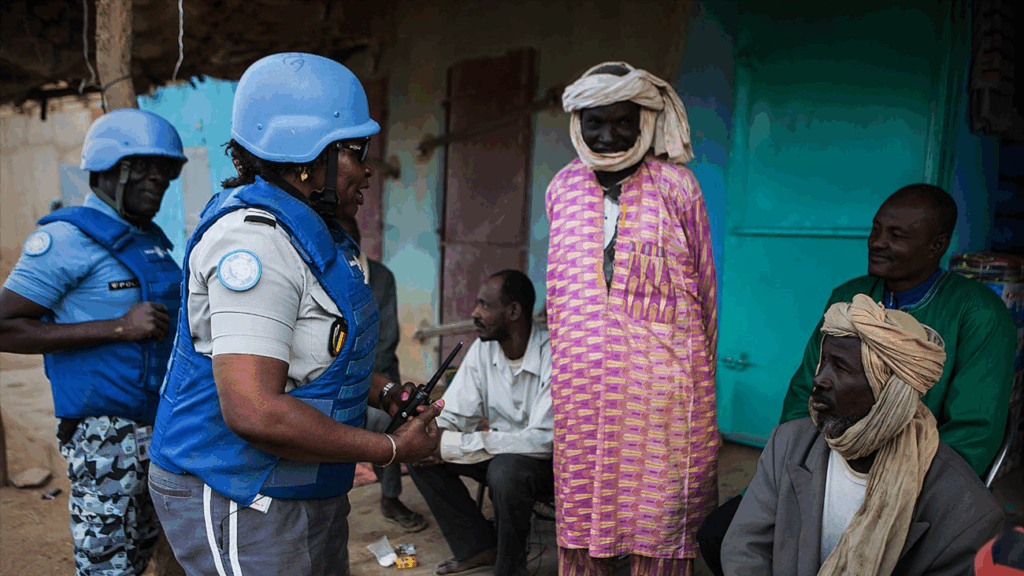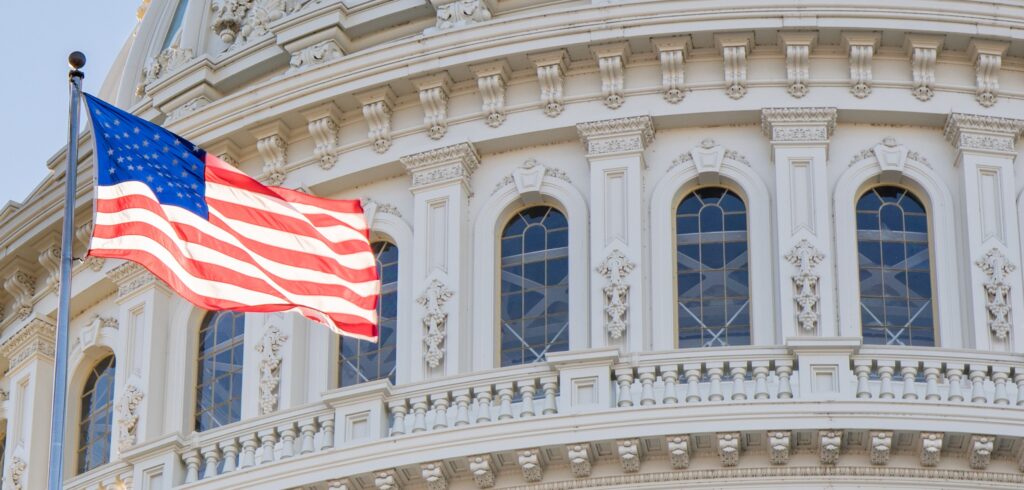“Prevention is not a novel concept — it is what the founders of the UN asked us to do.”
António Guterres, UN Secretary General
Why does conflict occur?
Conflict stems from a range of factors: competition over food and water, extreme weather that devastates crops and economies, and deep-rooted religious and ethnic divides that fuel mistrust between neighbors. When governments are unable to tackle these challenges, people look elsewhere for basic needs and protection, often to groups who may only worsen local instability and distrust. As reliance on government institutions decreases and insecurity within communities increases, the ideal breeding grounds for conflict emerge.
This is exactly what UN conflict prevention seeks to confront.
Rather than intervening through traditional peacekeeping missions after tensions spill over, conflict prevention employs a very different set of strategies to proactively address the needs of communities and core societal problems like poverty and hunger.
To do this work, the UN relies on community liaison assistants (CLAs) — more than 280 essential workers deployed worldwide to engage communities at the ground level.
On the Frontlines
Introduced in 2010 through the UN’s mission in the Democratic Republic of Congo, CLAs are local staff hired by the UN and tasked with facilitating ongoing dialogue among the UN and the communities they serve.
“We are the bridge between the community and the United Nations… We take the voice of the community to the United Nations.” says Clemen Bakiri, a CLA for the UN Mission in South Sudan. Liaisons increase the visibility of peacekeeping personnel and foster trust and local consent necessary for missions to succeed.
Because of that trusting relationship with communities, CLAs offer the UN a mechanism for conflict prevention that few other personnel can: Community Alert Networks. As Bady Hamma, a former CLA for the UN’s mission in Mali, explained to UN Media, “In the field, we interact with the communities on a daily basis. And this has allowed us to set up a community network, from which we receive information directly.”
In other words, if civilians feel threatened or notice suspicious activities, CLAs are the first point of contact to alert the UN of potential risk — a relationship made possible by the UN’s preexisting dialogue with locals. In situations where a delay in communication can mean life or death, these Community Alert Networks are a crucial part of rapid response efforts to ensure the UN can mobilize and intervene before conflicts worsen.
The Cost of Conflict
A 2025 study by One Action found that mounting international conflicts cost the global economy more than $19 trillion dollars in 2023. When it comes to preventing those conflicts, for every $1 invested in programs that foster political stability, $103 is saved in avoiding future unrest. These efforts also work to keep U.S. troops safely on American soil.
U.S. support for UN peacekeeping and conflict prevention is the right thing to do — and a smart financial investment in a more secure, more peaceful world. In the President’s proposed budget for FY26, U.S. contributions to peacekeeping are zeroed out, cutting over a fifth of the UN peacekeeping budget. These cuts not only threaten the escalation of ongoing conflicts but also undermine the very tools that help prevent violence in the first place.
The success of conflict prevention is measured in the crises averted, lives protected and futures preserved. Working directly within communities, the UN’s preventative work represents a smarter, more sustainable model for peace. And now more than ever, the U.S. has a choice: to retreat or to continue shaping a world where peace is protected before the first shot is ever fired.
This article is part of BWC’s perspectives on peacekeeping, written by Faith Leslie. Leslie earned her Master’s at Johns Hopkins School of Advanced International Studies, with an emphasis on peacekeeping and conflict prevention.




